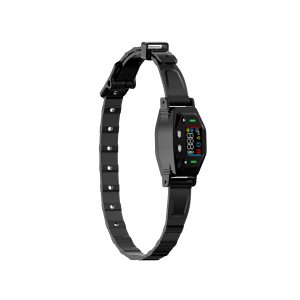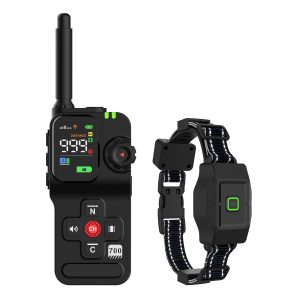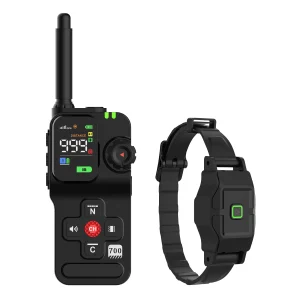Exploring the Effectiveness of Wireless Dog Fences in Metal Buildings
Wireless dog fences have gained popularity due to their convenience and effectiveness in containing pets. However, when it comes to metal buildings, pet owners often wonder if these systems work effectively. Metal structures can interfere with the signals emitted by wireless dog fences, posing challenges for pet containment. In this article, we delve into the intricacies of wireless dog fences in metal buildings to determine their efficacy.
The Science Behind Wireless Dog Fences
Wireless dog fences operate on a simple principle of creating an invisible boundary for your pet. They consist of a transmitter that emits a radio signal to define the perimeter within which your dog can roam freely. When the pet approaches the boundary, the receiver collar worn by the dog emits a warning signal followed by a mild static correction if the pet continues to move forward.
Challenges in Metal Buildings
Metal buildings can interfere with the radio signals emitted by wireless dog fences. The metal components in these structures can obstruct and reflect the signals, leading to inconsistencies in the coverage area. Additionally, metal objects within the building can create signal shadows, further complicating the effectiveness of the system.
Optimizing Wireless Dog Fences for Metal Buildings
Despite the challenges posed by metal buildings, there are ways to optimize the performance of wireless dog fences in such environments. Placing the transmitter at a strategic location, away from metal obstructions, can help improve signal transmission. Additionally, adjusting the signal strength and boundary settings based on the building’s layout can enhance the system’s reliability.
Real-World Applications
Many pet owners have successfully used wireless dog fences in metal buildings by following best practices for installation and customization. By understanding the limitations of the technology and implementing effective solutions, pet parents can create a safe and secure environment for their furry companions within metal structures.
Conclusion
While wireless dog fences may face challenges in metal buildings, with proper installation and adjustments, they can be effective in containing pets. By considering the unique characteristics of metal structures and optimizing the system accordingly, pet owners can ensure the safety and well-being of their dogs even in such environments.




